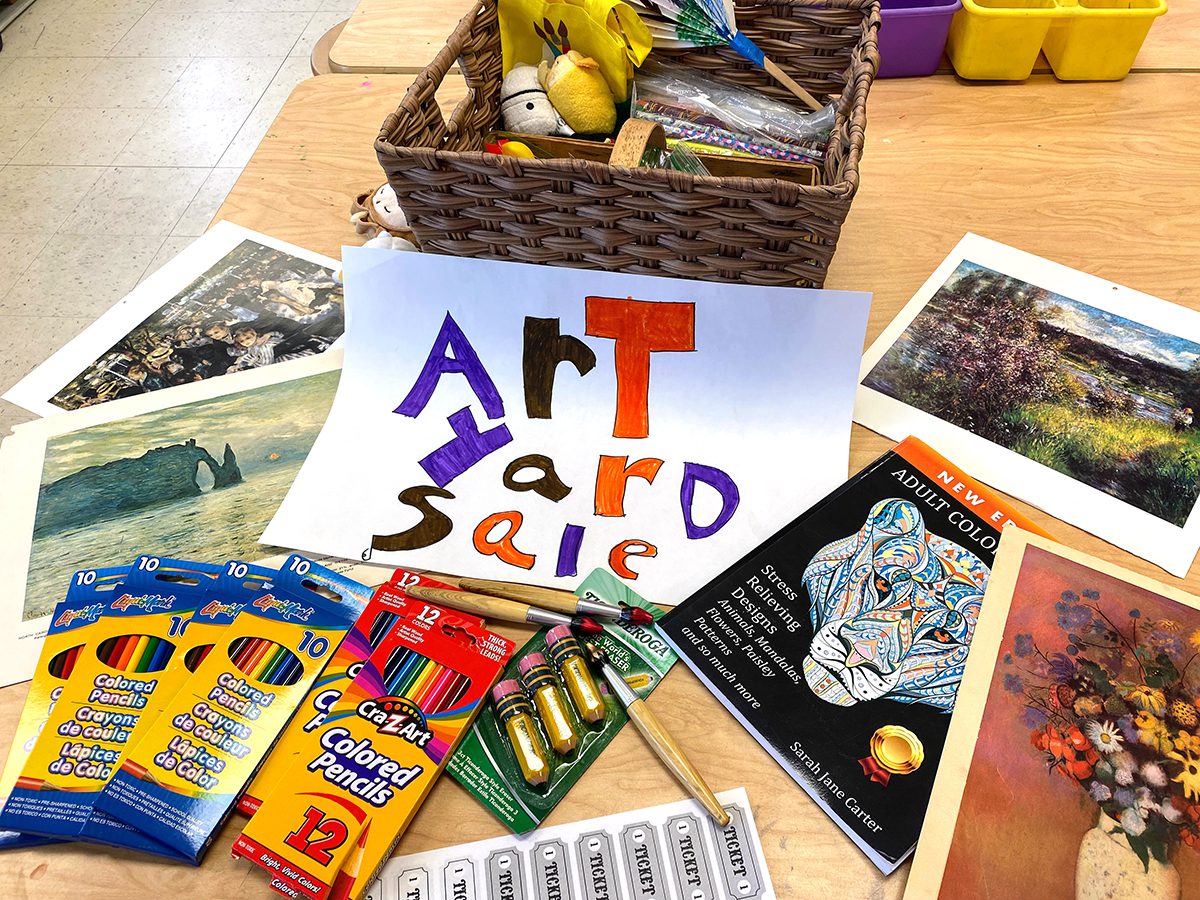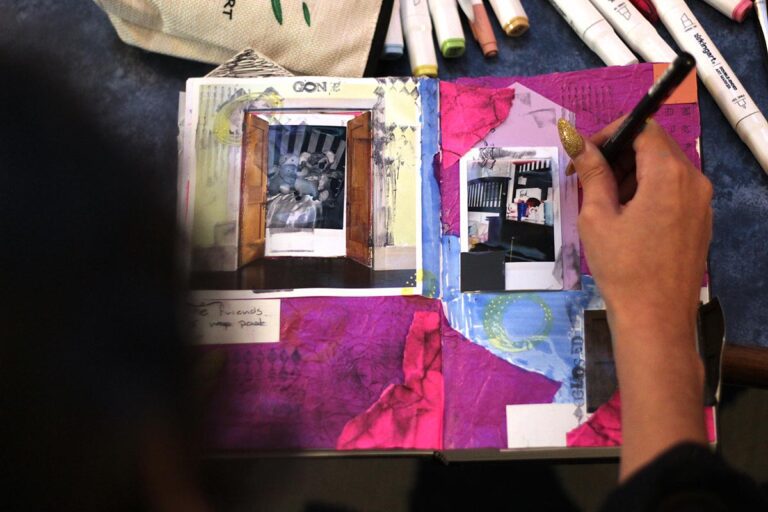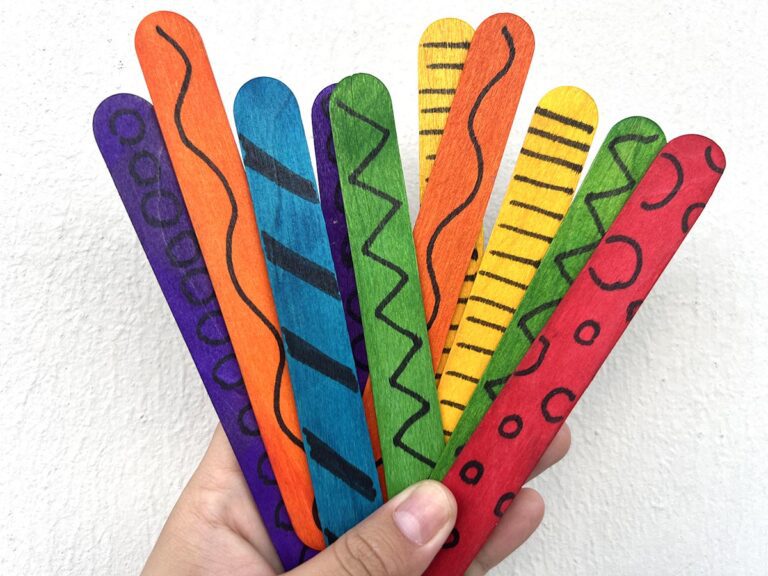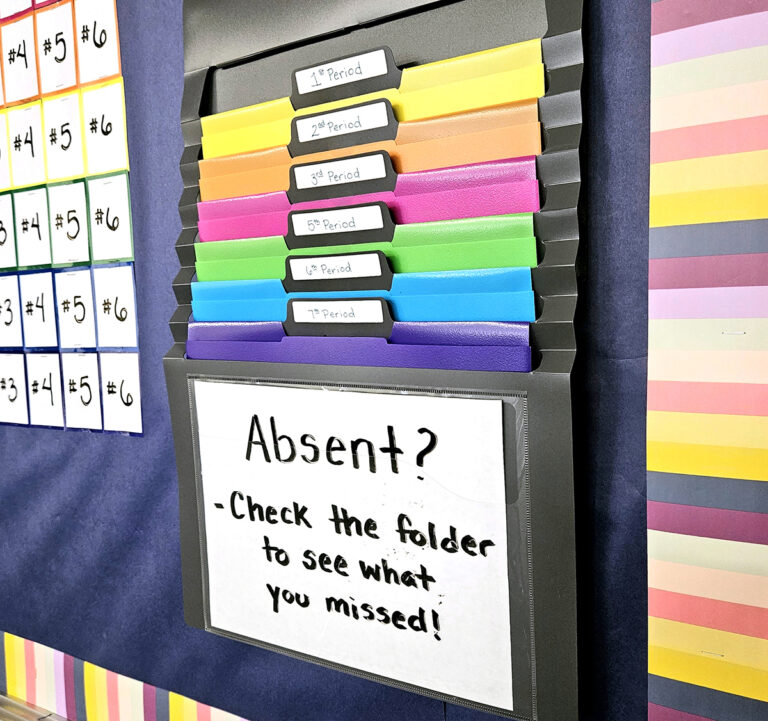It’s that time of year—students are low on energy, and projects seem to drag on. Trying to pick up the motivation and engagement by bringing extra gusto can be exhausting. What can we do to motivate students without giving candy, competitions, or parties? If you are looking for a new way to boost engagement and declutter your classroom this spring, try an Art Yard Sale!
One day, I was organizing my flat files of old prints, postcards, and posters. As I was about to toss several in the recycle bin, my middle school students begged me to let them keep the images. They bartered with whatever they could to acquire one of the pictures. Intrigued by their excitement, I went through drawers, closets, and bins to gather anything I wasn’t using to create an incentive program for my students.
Keep reading to see how to create your own Art Yard Sale to motivate your students in four simple steps!
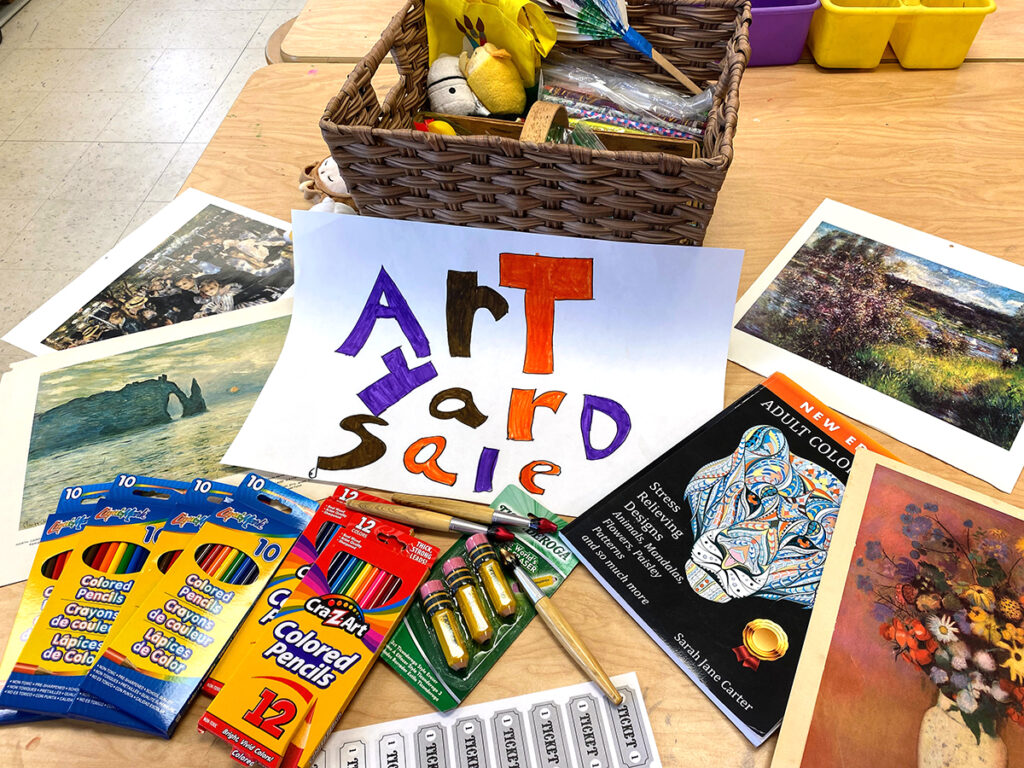
1. Collect yard sale items.
First, check with your administration and follow school policies around the distribution of materials. Look for objects in your class that take up space and don’t get used in your curriculum. Do you have an overabundance of certain donated supplies? Do you have old textbooks or art books?
Here is a list of items you can use for your yard sale to get started:
- Donated art supplies
- Extra pens, highlighters, pencils, and office supplies
- Teacher examples
- Posters
- Postcards
- Buttons
- Beads
- Scrapbook paper
- Folders
- Art books
- Pencil pouches
- School merchandise
- Key chains
- Previous student artwork
- Homework passes
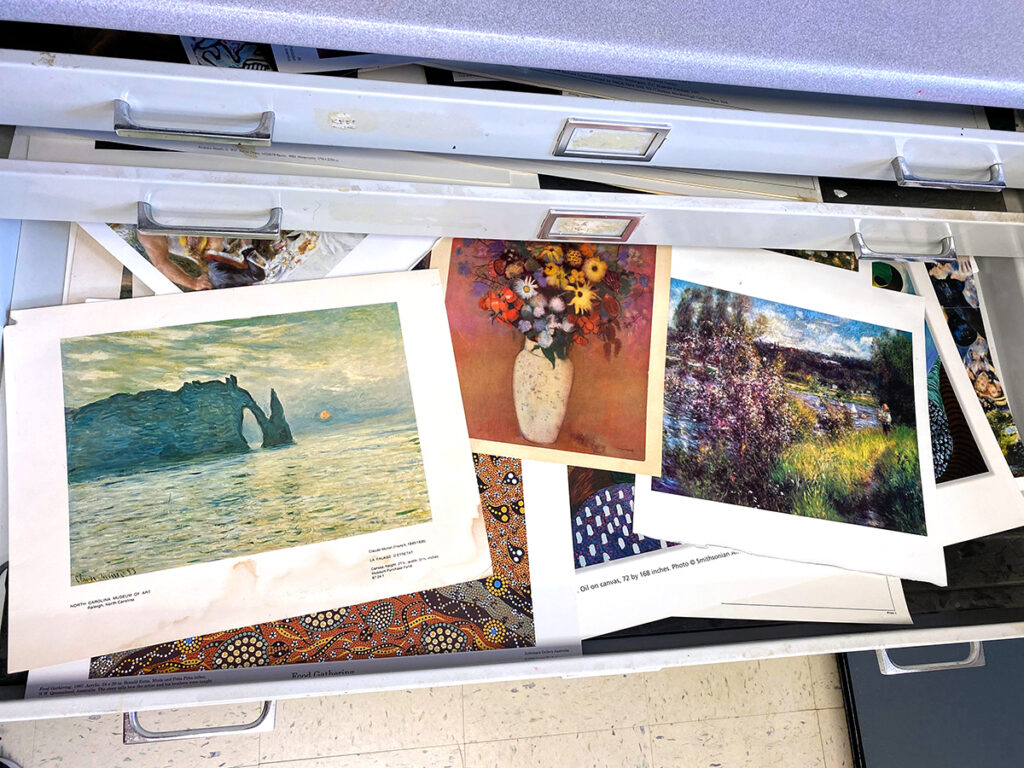
2. Store items and select a yard sale location.
Simplicity is key—while you can create an amazing storefront, remember that this is a yard sale. Any basket, cardboard box, bin, or drawer will do for storing your items. Copy paper box lids work great for storing flat paper items. Come up with simple organizational systems to keep similar items together to make it easy on yard sale day.
Here are three options for where you can set up your yard sale:
- A cart with items on each level
- A countertop with items spread out on top
- A card table or spare desks pushed together with items spread out on top
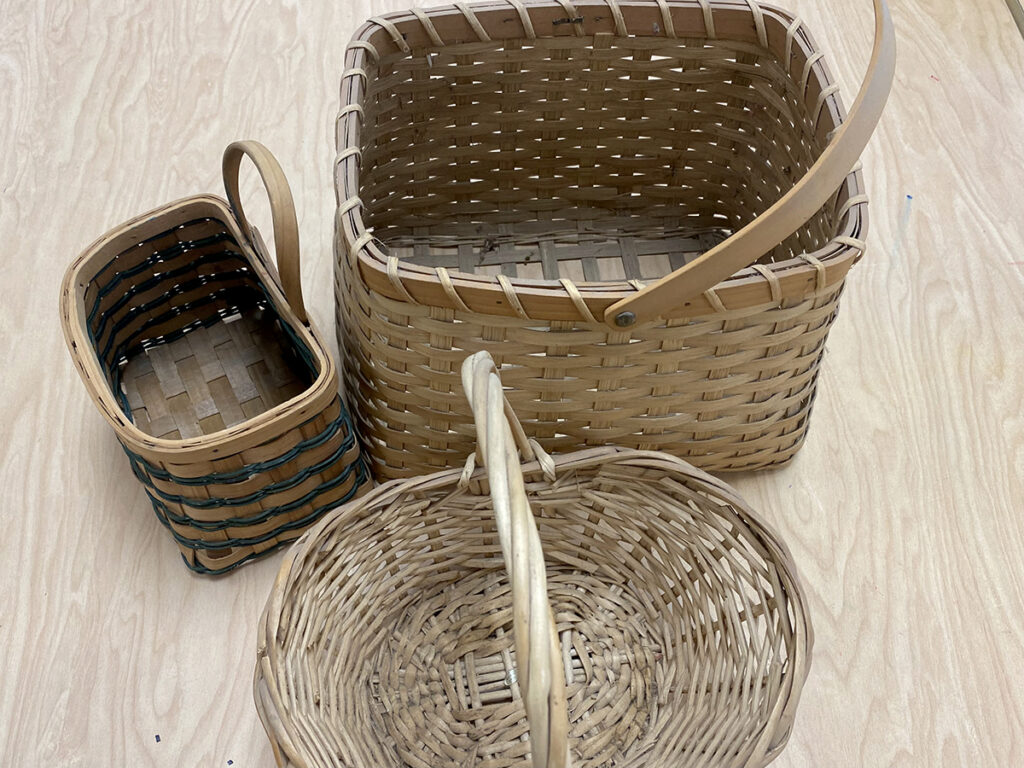
3. Implement your yard sale.
Implementing the Art Yard Sale is also simple! You control many of the aspects of the incentive program to fit your classroom situation and management style. You can make it as hands-on or hands-off as you want. Let students and parents know about this incentive ahead of time so the expectations are clear. Hang a poster of the incentive system to help remind students each class. And, who knows? Maybe some parents will send in donations to add to your sale!
Take some time at the beginning of one of your classes to explain the following:
- How the Art Yard Sale works.
- How often it will happen.
- How students can gain points toward it.
- What they can spend their points on.
Choose what currency to use for your yard sale and name it what you wish. If your school already has an incentive system, align with it to provide consistency for your students. Keep the currency easily accessible in an apron pocket, satchel, or pouch so you can hand it out as soon as you see the behavior you want to reward.
Currency can include any of the following:
- Dollars
- Tickets
- Points
- Coins
- Art Bucks
Choose how much to sell your yard sale items for. If you have larger or higher quality items, make them more expensive. If you want the yard sale to be more accessible for students, have lower-priced items available in the mix.
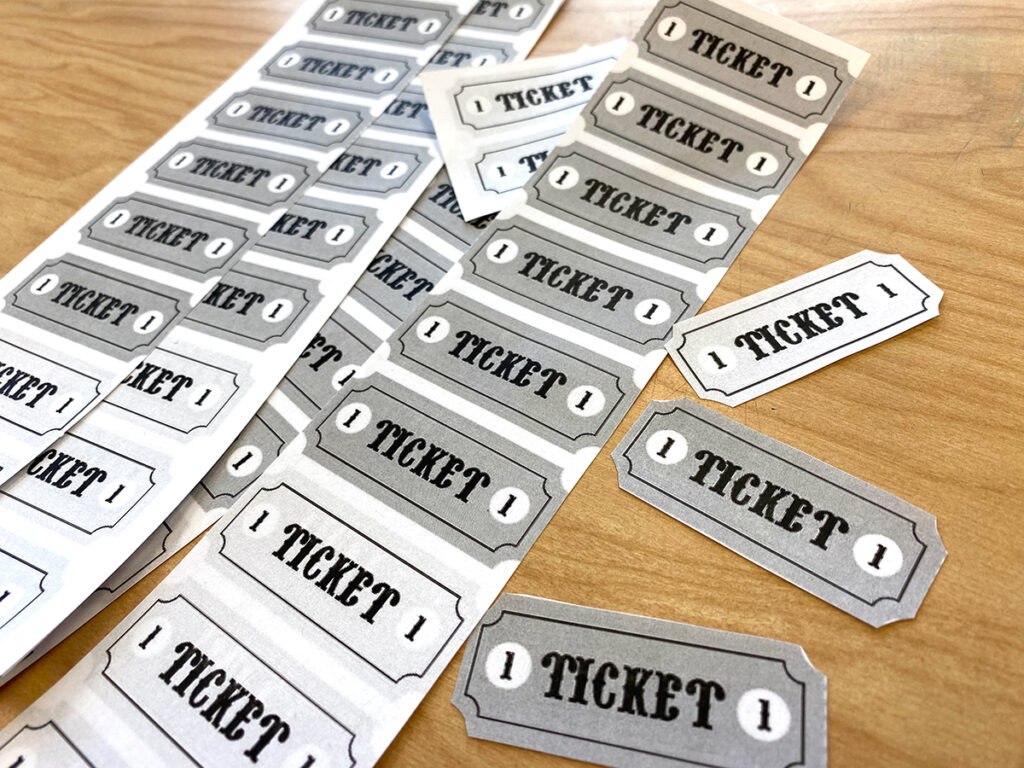
4. Tracking and accountability.
When it comes to reward programs, teachers never want to keep track of points, dollars, or tickets for each class and student. If the students are very young and unable to keep track of their points, streamline the system. The class as a whole can get the point if they are fulfilling expectations. Or, keep track of individual students by adding an extra column on your attendance sheet.
If the students are older, let them keep track of their points by physically giving them their currency. Make it known from the beginning that you will not replace misplaced or lost currency. This teaches them responsibility.
Offer ideas for where they can keep their currency:
- Pencil pouch
- Portfolio
- Binder
- Folder
- Sandwich bag
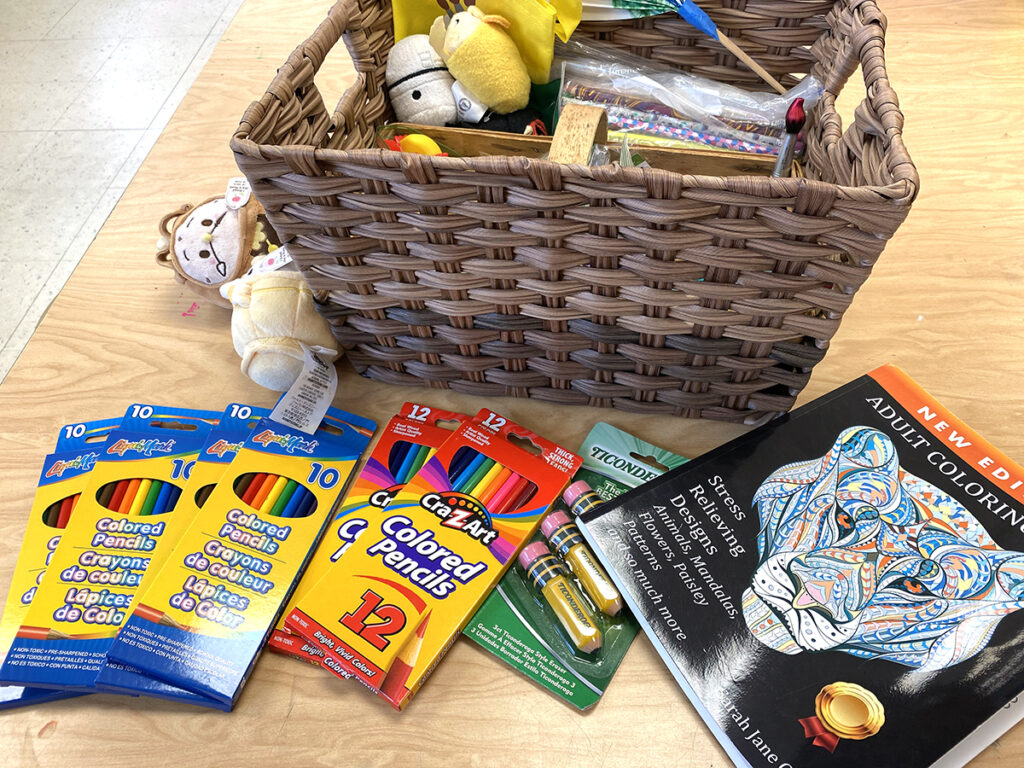
Brainstorming and sharing a new system is the easy part! Being consistent and following through as the weeks progress can be more difficult. Students pick up on what we prioritize. If we refer to the Art Yard Sale and reward positive behaviors daily, students’ buy-in will remain high in anticipation. Reminding students of the expectations and consistently praising the behaviors you want to see shines a spotlight on students doing the right thing. Plus, it’s a great way to keep your classrooms and closets from getting cluttered! As yard sales start popping up in your neighborhoods this spring, we hope one will come to your classroom too!
For more classroom management tips and tricks, check out these resources:
- Art Room Hacks | Quick Classroom Management Strategies (Ep. 6)
- Classroom Management Ideas That Just Might Work
- Managing the Art Room Graduate Course
What systems help your students stay motivated?
Share an unusual incentive that has worked for your students.
Magazine articles and podcasts are opinions of professional education contributors and do not necessarily represent the position of the Art of Education University (AOEU) or its academic offerings. Contributors use terms in the way they are most often talked about in the scope of their educational experiences.
